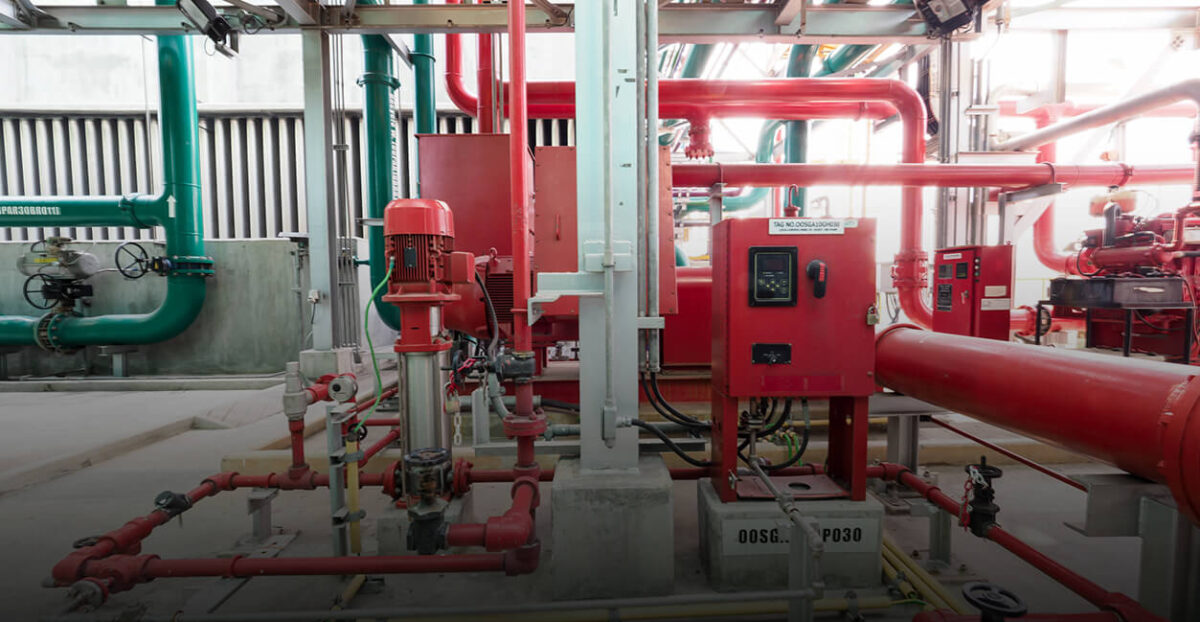Igniting Preparedness: The Crucial Role of Fire Hydrant Installation
In the time of urban safety and disaster readiness, few elements stand as resolute guardians as fire hydrants. These fixtures, strategically positioned in urban landscapes and rural communities alike, play a pivotal role in safeguarding lives, property, and the environment against the relentless threat of fire.
As society grapples with the escalating challenges posed by fire-related emergencies, understanding the significance of fire hydrant installation embodies a steadfast commitment to proactive disaster management and underscores the essence of collective responsibility.
How Are Fire Hydrants Installed and How They Have Shaped Firefighting Practices?
Fire hydrants, vital fixtures scattered throughout our cities, hold a history intertwined with the evolution of firefighting techniques.
The process of fire hydrant installation involves a meticulous choreography of planning, engineering, and implementation. It begins with careful consideration of optimal locations, taking into account factors like proximity to high-risk areas and accessibility for firefighting vehicles.
The installation process itself is a multi-step endeavor:
- It commences with excavation—a process that digs deep below the surface to create a stable foundation.
- Once the trench is prepared, the hydrant is connected to the water main, ensuring a seamless flow of water during emergencies. Precision is paramount at this stage to prevent leaks or inefficiencies.
- The hydrant is then securely set in place, anchored by layers of backfill material. Rigorous testing follows to confirm the functionality of the installation—ensuring that these sentinels can swiftly respond with a ready supply of water.
Beyond their physical installation, fire hydrants have shaped the very strategies employed by firefighters in combating blazes. Their presence provides quick access to water sources, allowing fire crews to rapidly deploy hoses and suppress flames.
Moreover, the distribution of hydrants has influenced building codes and fire safety regulations, encouraging the construction of structures with hydrant proximity in mind.
What Are the Different Types of Fire Hydrant Systems that Are Reliable in Community Protection?
When it comes to fire safety, diversity in approach often translates to enhanced preparedness. This holds especially true for the various types of fire hydrant systems that have been developed to cater to different community needs:
- One of the most common types is the wet barrel hydrant. These hydrants remain pressurized at all times, meaning water is constantly present in the hydrant’s main valve. This allows for rapid deployment during emergencies, as firefighters can swiftly attach hoses and begin battling the blaze.
- In contrast, dry barrel hydrants are prevalent in colder climates where freezing temperatures are a concern. Unlike their wet counterparts, these hydrants are designed with drainage systems to prevent water from freezing within the main valve. When firefighters arrive at the scene, they connect their hoses, and the hydrant is charged with water, providing an immediate water supply.
- High-pressure hydrants address the need for greater water flow in densely populated areas or regions with high-rise buildings. These hydrants are capable of delivering a substantial volume of water to match the demands of more intensive firefighting scenarios.
Why Choose Hacsons for Fire Hydrant Installation?
Hacsons emerges as a leading name in this critical field, offering a blend of innovation, experience, and unwavering commitment to community safety. Choosing Hacsons for fire hydrant installation isn’t just a choice of service provider; it’s a commitment to elevating the safety standards of a community.
What sets Hacsons apart is their ability to combine tradition with innovation. While upholding time-tested methods, they integrate cutting-edge technologies to enhance fire hydrant functionality.
Beyond technical prowess, Hacsons demonstrates a community-centric approach. They understand that every neighborhood has its unique challenges and requirements. Through open communication and collaboration, Hacsons tailors their solutions to suit the specific needs of each location.
Their installations not only fulfill the technical aspects but also blend harmoniously with the urban landscape, ensuring aesthetics and safety go hand in hand.
FAQs:
- How often do fire hydrants need maintenance after installation?
Fire hydrants should undergo maintenance at least once a year to ensure they remain in optimal working condition, including checks for any issues, lubrication, and tests to guarantee their reliability during firefighting situations.
- Where can I find a reliable fire safety system supplier in Pakistan?
For reliable fire safety system solutions in Pakistan, you can turn to Hacsons. With their expertise in fire hydrant installation and commitment to community safety, they offer a trustworthy choice for ensuring effective fire protection measures.
Conclusion:
From the unassuming presence of fire hydrants on our streets to the meticulous planning that goes into their installation, each element plays a crucial role in shaping our preparedness for unforeseen emergencies. The diversity of fire hydrant systems, the innovation brought forth by dedicated experts like Hacsons, and the significance of community-centered approaches all stand as pillars of fire safety.



